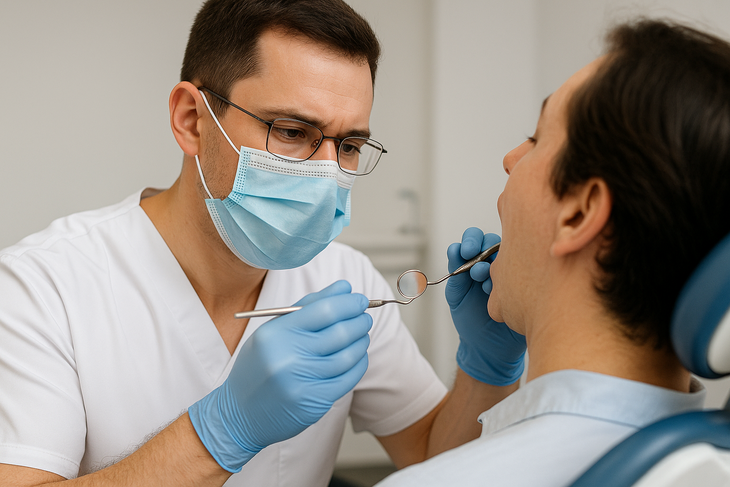
Culturing teeth from the patient's own cells can create new, natural teeth with no risk of rejection, and can integrate perfectly into the jawbone structure, restoring function like a real tooth - Illustration photo AI
In the past, dental treatment focused on restoring and maintaining chewing function. Today, patients come to the dentist not only because of tooth decay or tooth loss, but also because they want to improve their smile, appearance and confidence in communication. The concept of smile creation was born from that.
The dentist is no longer simply a doctor, but a "smile designer". Many factors are taken into account such as face shape, lip curve, skin color, gender, lifestyle, communication habits... to come up with a personalized treatment plan.
Digital technology in smile design
One of the advances in digital technology in cosmetic dentistry is the use of Digital Smile Design software, which allows simulating treatment results on real images of the patient.
By combining intraoral, facial, and intraoral scan data, the design software helps doctors and patients visualize the final results together, increasing confidence, reducing errors, and maximally personalizing the treatment plan.
Along with smile design software, intraoral scanner technology, 3D printers, and CAD/CAM software are also widely used in the fabrication of aesthetic restorations such as veneers, crowns, bridges, and orthodontic trays. All aim for precision, speed, convenience, high aesthetics, and minimal invasion.
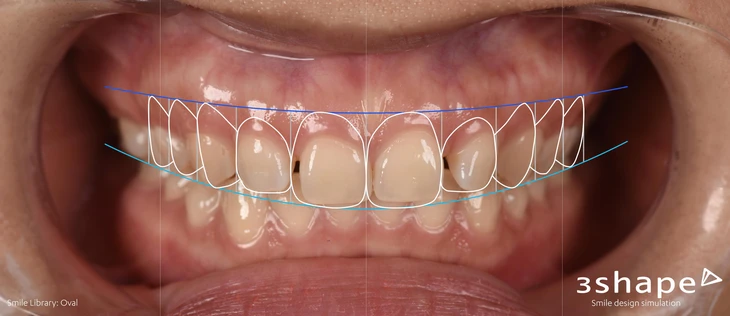
Use smile design software to design a smile simulation before treatment.
Cosmetic orthodontics - from braces to clear aligners
One of the revolutionary changes is the emergence of clear aligner braces. With virtual simulation technology, the software can simulate the entire tooth movement process in 3D space, thereby producing personalized clear aligners for each stage of treatment.
The advantages of clear aligners are that they are less visible, easier to remove, easier to clean, less painful, and require less frequent check-ups. This is especially appealing to adults, people in public relations, artists, or modern teenagers.
Today’s braces systems have also been improved to create more comfort for patients. At the same time, new generations of braces also help doctors control treatment risks more easily.
Veneers and cosmetic restorations
Veneer - a thin layer of porcelain applied to the surface of the tooth has become a symbol of modern cosmetic dentistry. The tooth tissue is minimally ground when making veneers. Veneers can perfectly improve the color, shape and evenness of the tooth.
Veneers are suitable for people with spaced teeth, tetracycline-stained teeth, developmental enamel defects such as MIH, traumatic enamel hypomineralization, fluorosis, and enamel deficiency for whom minimally invasive treatments have not achieved the desired results.
The development of new generation ceramic materials helps veneers achieve high durability, transparency, and biocompatibility.
In addition to veneers, all-ceramic crowns, inlays/onlays... are also popular restorative techniques in dental restoration cases that require high aesthetics.
Cosmetic implants - restore both function and shape
When a tooth is lost, an implant is the optimal solution not only in terms of function but also in terms of aesthetics. A dental bridge is only the solution chosen when an implant cannot be placed. Today's implants are designed with aesthetic tooth necks, fast healing soft tissue, and fast bone integration.
Combining implants and all-ceramic restorations, patients can regain a complete smile, without revealing defects, without the need for removal like traditional dentures. With the support of 3D positioning technology and implant placement guidance using surgical guides, doctors can ensure optimal implant placement from the start.
Training and ethics in cosmetic dentistry
The rapid development of the cosmetic dentistry market places high demands on professional training for doctors. Performing techniques such as veneers, cosmetic implants, clear aligners, etc. requires doctors to undergo formal training courses, continuous updates, and controlled clinical practice. Indications and techniques must adhere to the philosophy of minimal invasion.
Along with training, professional ethics also need to be focused on. Abuse of cosmetic treatments, ignoring the principles of conservation, minimal invasion, false advertising... can cause long-term harm to patients and lose confidence in the industry.
A good cosmetic surgeon is someone who knows when to say “no” and puts the patient’s health above profit. Aesthetics must go hand in hand with function, respecting function so that the aesthetic results last long.
Smile as a symbol of success
Not only teeth, the gingiva (gums) also plays an important role in smile aesthetics. Cases of gummy smile or gum-tooth asymmetry can be corrected by periodontal surgery, gingival contouring, or soft tissue regeneration.
Dental laser is a modern tool in cosmetic gum surgery, helping to reduce bleeding, heal quickly and control precisely to the millimeter. In addition, closed sinus lift techniques, bone grafting, connective tissue grafting... also help increase soft tissue thickness, especially in the upper incisor area - which greatly affects the aesthetics of the front face.
Many social psychology studies show that people with beautiful smiles are often considered to be friendlier, have higher leadership abilities and are more successful in their careers. In the context of strong development of media and social networks, the need to beautify smiles not only comes from artists or businessmen, but also spreads among young people, office workers and even mothers.
Source: https://tuoitre.vn/nhung-xu-huong-nao-moi-nhat-trong-nha-khoa-tham-my-rang-su-hay-dan-su-20250725085358778.htm


![[Photo] Panorama of the Patriotic Emulation Congress of Nhan Dan Newspaper for the period 2025-2030](https://vphoto.vietnam.vn/thumb/1200x675/vietnam/resource/IMAGE/2025/11/04/1762252775462_ndo_br_dhthiduayeuncbaond-6125-jpg.webp)


![[Photo] Opening of the 14th Conference of the 13th Party Central Committee](https://vphoto.vietnam.vn/thumb/1200x675/vietnam/resource/IMAGE/2025/11/05/1762310995216_a5-bnd-5742-5255-jpg.webp)







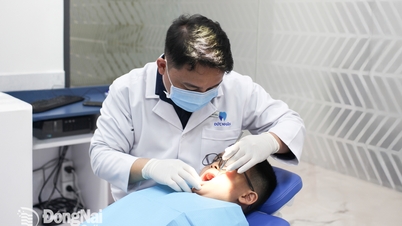

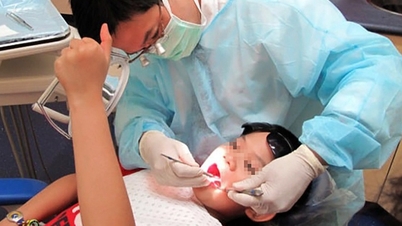
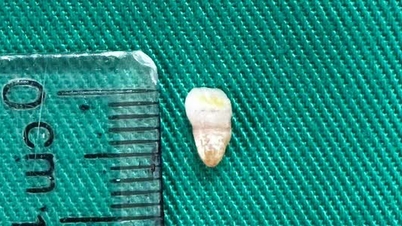






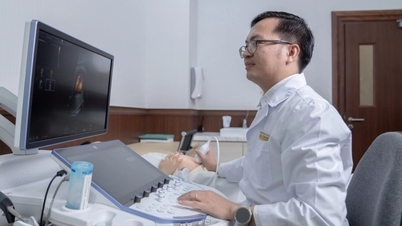
















































































Comment (0)